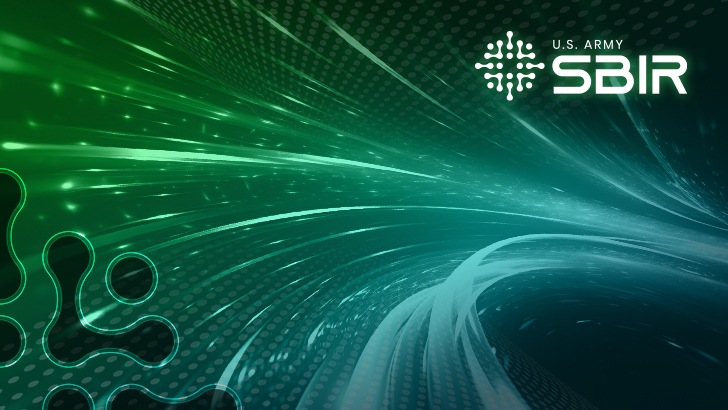

Selectees
Objective
Through the Energy Demand Reduction and Clean Energy Tech Open Topic, the Army seeks to bring potentially valuable small business innovations to its operations. The Army also aims to create an opportunity to expand the relevance of the Army SBIR program to firms who do not normally compete for SBIR awards.
Description
While the Army will accept Energy Demand Reduction and Clean Energy Tech Open Topic proposals on any technical challenge requiring the application of energy demand reduction and clean energy technologies, the Army will prioritize submissions addressing the following core technical areas for award:
Phase I
Phase I Submission Materials:
Post-Phase I Deliverables:
Phase II
Businesses will produce practical and feasible prototype solutions that can operate in edge and austere environments. Companies will provide a technology transition and commercialization plan for Department of Defense and commercial markets. The Army will evaluate each product in a realistic field environment and provide solutions to stakeholders for further evaluation. Based on Soldier field assessment, the Army will request companies to update the previously delivered prototypes to meet final design configuration.
DP2 Submission Materials:
Submission Information
All businesses must submit proposals by noon, Eastern Time.
To view full solicitation details, click here.
For more information, and to submit your full proposal package, visit the DSIP Portal.
Applied SBIR Help Desk: usarmy.pentagon.hqda-asa-alt.mbx.army-applied-sbir-program@army.mil

References:
Selectees
Objective
Through the Energy Demand Reduction and Clean Energy Tech Open Topic, the Army seeks to bring potentially valuable small business innovations to its operations. The Army also aims to create an opportunity to expand the relevance of the Army SBIR program to firms who do not normally compete for SBIR awards.
Description
While the Army will accept Energy Demand Reduction and Clean Energy Tech Open Topic proposals on any technical challenge requiring the application of energy demand reduction and clean energy technologies, the Army will prioritize submissions addressing the following core technical areas for award:
Phase I
Phase I Submission Materials:
Post-Phase I Deliverables:
Phase II
Businesses will produce practical and feasible prototype solutions that can operate in edge and austere environments. Companies will provide a technology transition and commercialization plan for Department of Defense and commercial markets. The Army will evaluate each product in a realistic field environment and provide solutions to stakeholders for further evaluation. Based on Soldier field assessment, the Army will request companies to update the previously delivered prototypes to meet final design configuration.
DP2 Submission Materials:
Submission Information
All businesses must submit proposals by noon, Eastern Time.
To view full solicitation details, click here.
For more information, and to submit your full proposal package, visit the DSIP Portal.
Applied SBIR Help Desk: usarmy.pentagon.hqda-asa-alt.mbx.army-applied-sbir-program@army.mil
References:
